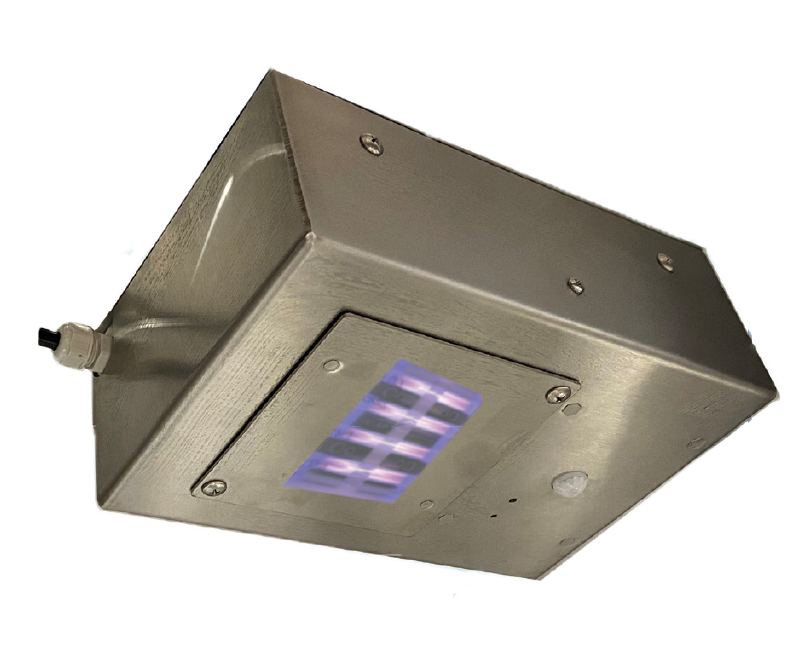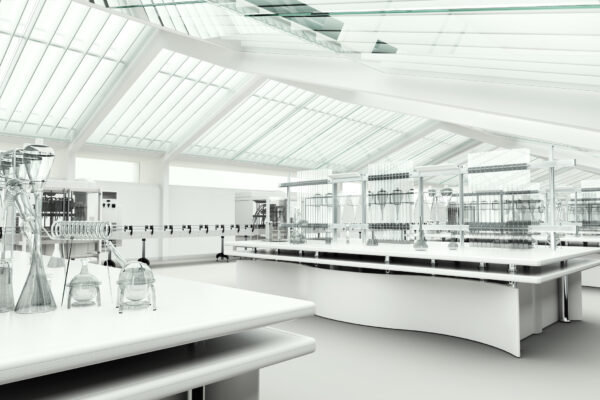UV Surface Disinfection Techniques: Optimizing Efficiency for Germ-Free Spaces
Unveiling the Benefits of UV Sanitation: Making Sure Sanitized and clean Rooms
While conventional cleansing approaches have long been counted upon, innovations in innovation have actually introduced a cutting-edge remedy that makes certain tidy and sterilized spaces: UV disinfection. Additionally, we will dig into the security considerations that should be taken into account when applying UV sanitation. Prepare to uncover a brand-new measurement of sanitation and find the untapped capacity of UV disinfection.

The Science Behind UV Sanitation
UV sanitation is a clinically tested method that uses ultraviolet light to get rid of dangerous microorganisms from surfaces and water. The scientific research behind UV disinfection depends on the capability of UV-C light to damage the DNA and RNA of bacteria, rendering them unable to reproduce and triggering their eventual fatality. UV-C light falls within the wavelength array of 200 to 280 nanometers, which is extremely effective in destroying germs, viruses, and other pathogens.
When subjected to UV-C light, the genetic product of microbes takes in the energy from the light, bring about the formation of thymine dimers. These dimers interfere with the normal duplication and transcription processes of the bacteria, hindering their ability to duplicate and endure (uv surface disinfection). The DNA and RNA damages triggered by UV-C light is deadly to the microbes, making UV sanitation a reputable and efficient approach for eliminating a vast array of pathogens
UV disinfection is especially valuable in environments where typical chemical anti-bacterials may be inefficient or impractical. It is a non-chemical method that does not leave any deposits or unsafe spin-offs, making it safe for usage in food handling, health care centers, water therapy plants, and various other industries. UV sanitation is environmentally friendly, as it does not contribute to the development of antibiotic-resistant bacteria or other hazardous pollutants.
Efficiency of UV Sanitation on Pathogens
The performance of UV disinfection in eliminating virus has been thoroughly researched and confirmed in numerous clinical studies. UV radiation has the capacity to inactivate a vast array of microorganisms, including fungi, infections, and bacteria, by harming their DNA or RNA. This stops them from duplicating and creating infections.
One research study released in the American Journal of Infection Control located that UV sanitation was efficient in lowering the visibility of several drug-resistant bacteria in healthcare facility spaces. An additional research study carried out by the National Institute for Occupational Safety and security and Wellness demonstrated that UV sanitation was able to get rid of 99.9% of the flu infection on surfaces.
UV sanitation has actually also revealed promise in combating the spread of healthcare-associated infections (HAIs) According to a research released in The Lancet, the use of UV-C light in enhancement to conventional cleaning methods significantly lowered the incidence of HAIs in a hospital setting.
In addition, UV sanitation has proven to be effective against emerging virus, such as the extreme acute respiratory system disorder coronavirus 2 (SARS-CoV-2), which triggers COVID-19. A study carried out by the National Arising Transmittable Illness Laboratories demonstrated that UV-C light can suspend the virus on surfaces within secs.
Applications of UV Disinfection in Different Setups
With its tried and tested efficiency in removing microorganisms, UV disinfection has actually found applications in a range of setups. Among one of the most typical locations where UV disinfection is made use of is in healthcare facilities. UV technology is made use of to decontaminate patient rooms, operating spaces, and various other high-touch surface areas, decreasing the danger of healthcare-associated infections. On top of that, UV sanitation is likewise being implemented in food processing plants and restaurants to make sure the security of food products and avoid the spread of foodborne diseases. UV sanitation is likewise helpful in water therapy plants, where it is used useful source to eliminate harmful microorganisms and offer secure alcohol consumption water.
Another essential application of UV disinfection is in the air filtration sector. UV air purifiers are made use of in domestic, business, and industrial setups to remove air-borne microorganisms, viruses, and mold spores. This modern technology is specifically helpful in environments where individuals are a lot more vulnerable to respiratory infections, such as medical facilities, schools, and office complex.
Furthermore, UV disinfection is increasingly being used in mass transit systems, such as buses and trains, to preserve tidy and sanitized rooms for passengers. UV light is utilized to decontaminate surface areas and air inside the vehicles, reducing the danger of spreading out infectious illness.
Benefits of UV Disinfection Over Conventional Methods
In comparison to typical methods, UV sanitation supplies a variety of distinctive benefits that make it a better option in various sectors and setups. One significant advantage is its efficiency against a large array of bacteria, including infections, bacteria, and fungis. Unlike chemical anti-bacterials that may have limited efficacy versus particular pathogens, UV sanitation is a non-selective process that can eliminate or suspend a broad spectrum of damaging organisms.
One more advantage published here of UV sanitation is its ability to offer rapid and effective sanitation. Conventional disinfection approaches usually require longer get in touch with times or multiple steps to achieve the wanted degree of disinfection. In contrast, UV light can give continual and instant disinfection, decreasing downtime and raising productivity in numerous applications.
UV sanitation also supplies a environmentally pleasant and risk-free alternative to standard sanitation approaches. uv surface disinfection. Unlike chemical representatives, UV light does not leave any kind of dangerous deposits or byproducts, making it ideal for usage in sensitive environments such as food handling centers, healthcare setups, and water therapy plants
In addition, UV disinfection is an economical service in the lengthy run. While the in advance financial investment for UV disinfection systems might be greater than traditional methods, the functional costs are typically reduced. UV lights have a lengthy lifespan and call for very little upkeep, leading to minimized labor and substitute prices.
Safety And Security Factors To Consider for UV Sanitation
Considering the prospective hazards related to UV sanitation, it is necessary to deal with the security factors to consider associated with implementing this modern technology. UV disinfection uses ultraviolet light to kill or suspend microbes, making it an efficient approach for sanitizing different surface areas and things. It is vital to understand that UV radiation can also present risks to human wellness if appropriate security measures are not adhered to.
Most importantly, direct exposure to UV radiation can cause damage to the skin and eyes. Long term exposure can bring about sunburn, skin damages, and also an increased risk of creating skin cancer cells. It is critical to make certain that UV sanitation systems are properly enclosed and equipped with security features see such as automatic shut-off systems or motion sensors to prevent unintentional direct exposure.

Moreover, proper training and education and learning are crucial for those responsible for running UV disinfection systems. They need to know the potential threats, understand the safety and security methods, and know just how to handle and maintain the tools appropriately.
Conclusion
To conclude, UV sanitation supplies numerous benefits in making certain tidy and sterilized areas. Its efficiency in eliminating virus has actually been verified with scientific study. UV sanitation can be applied in numerous setups, consisting of medical care centers, food handling plants, and water treatment systems. Contrasted to conventional methods, UV disinfection has benefits such as faster disinfection times, minimal chemical use, and no hazardous byproducts. Security factors to consider should be thought about to avoid possible threats connected with UV direct exposure.
UV disinfection is a scientifically tried and tested technique that makes use of ultraviolet light to get rid of harmful microbes from surface areas and water. The DNA and RNA damage caused by UV-C light is dangerous to the bacteria, making UV disinfection a effective and reliable technique for killing a large range of pathogens.
Another benefit of UV disinfection is its ability to offer fast and reliable sanitation. UV sanitation makes use of ultraviolet light to kill or suspend microorganisms, making it a reliable method for disinfecting numerous surfaces and things. Contrasted to conventional techniques, UV sanitation has benefits such as faster sanitation times, very little chemical use, and no dangerous byproducts.